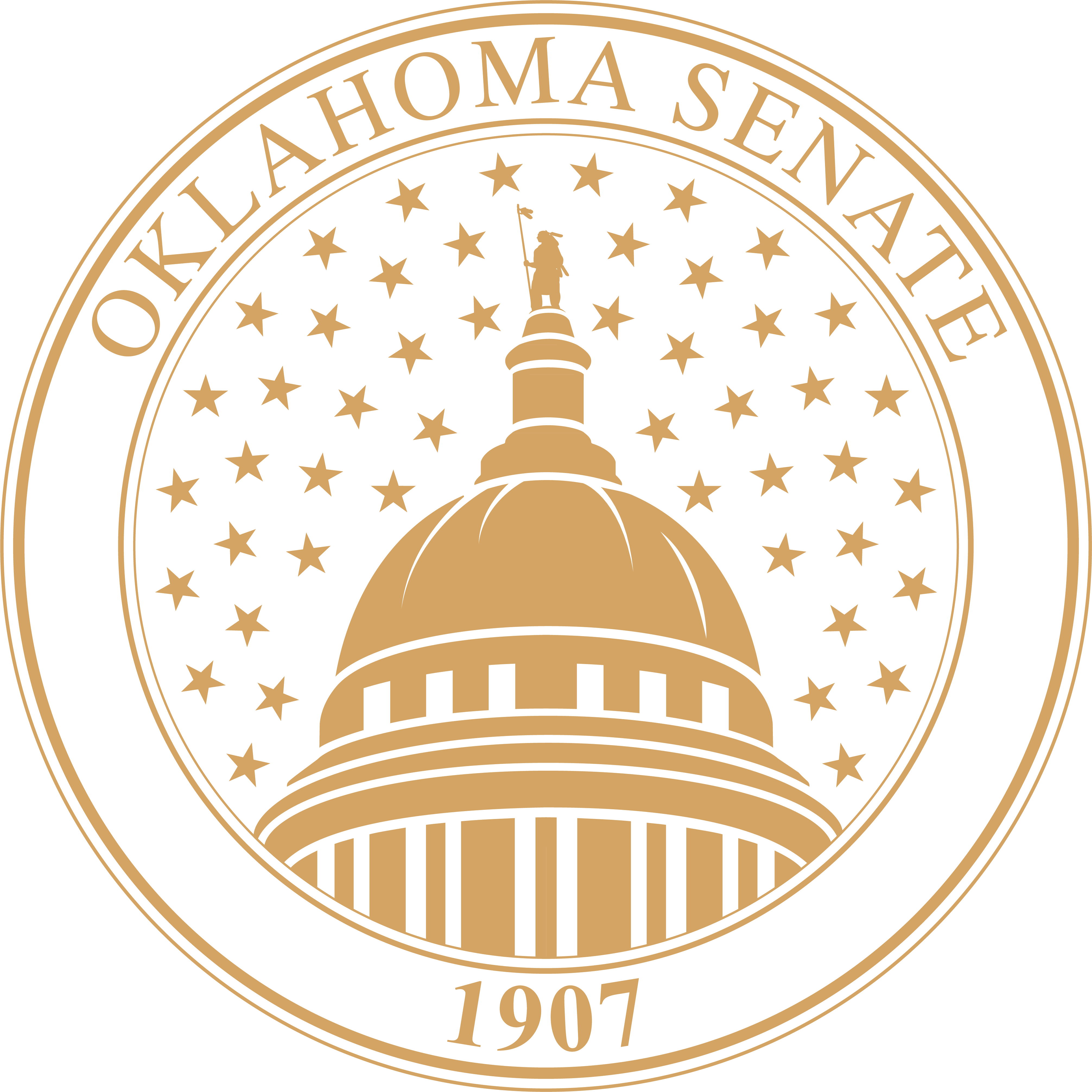In order to provide equal access and equal opportunity to people with diverse abilities, this site has been designed with accessibility in mind. Click here to view
Budget Break Down by Sen. Roger Thompson, Senate Appropriations Chair
Over the past few weeks, we’ve looked at various issues related to our state budget, from how we use revenues from the lottery and medical marijuana, to funding for state services, including health care and corrections. This week, we’re going to break down the actual budget process itself.
It is important to point out that unlike the federal government, we cannot simply print more money—we must write and pass a balanced budget each year due to a constitutional amendment that was approved by voters in 1941, after the Great Depression. Along with that safeguard, appropriations are limited to 95 percent of projected revenues, and we cannot exceed 12 percent in growth. Only four other states limit expenditures in this manner.
Another safeguard is our Constitutional Reserve Fund, also called the Rainy Day Fund. Any revenue collections exceeding the certified estimate are deposited into the Rainy Day Fund until it reaches a constitutional cap of 15 percent of the prior year’s General Revenue Fund collection. The conditions for using these emergency funds include:
- Three-eighths of the fund can be used if general revenue fails to meet the estimate in the current fiscal year.
- Three-eighths of the fund can be used if general revenue is projected to decline from one year to the next.
- One-fourth of the fund can be used if there is an emergency declaration by the governor and a two-thirds vote in both the Senate and House, or this same one-fourth can be used without the governor’s declaration if there is a three-fourths vote by the Senate and House.
Heading into the 2021 session, we currently have $58.67 million in the Rainy Day Fund, and another $171.25 million in the state’s Stabilization Fund, a second emergency account enacted a few years ago.
Even though the legislative session begins in February and must conclude in May, the budget process is something we work on throughout the year. As chair of the Senate Appropriations Committee, I work year round examining budgets and economic data. All bills that impact the budget flow through the appropriations chair. During the session, I meet with the subcommittee chairs weekly as we craft the budget. But again, the work on the next year’s budget begins long before session arrives.
The state fiscal year begins on July 1 and ends on June 30 of the next year. But even as the new fiscal year begins, legislators and state agencies are already working on the next year’s budget. From July through October, agencies formulate their budget work program—in other words, how they will use the funding they’ve been appropriated. Budget limits are set by the Legislature in the preceding session. During this time period, agencies also begin formulating their budget requests for the coming fiscal year. This is a good time for advocacy groups to begin talking with state agencies about funding issues. Agencies are to submit their budget requests to the governor and legislators for the upcoming fiscal year by Oct. 1, although this year, due to COVID, some agencies had a Nov. 1 deadline.
In November, our appropriations subcommittees begin their analysis of agency program performance measures and begin filing related reports—no appropriations can be made to an agency until these reports have been filed.
In December, the Board of Equalization meets for initial certification of revenues. They consider estimates from the Tax Commission and numerous other agencies to project how much money will be available in the next budget year.
The board includes the governor, lieutenant governor, state auditor and inspector, treasurer, attorney general, superintendent of instruction and president of the State Board of Agriculture.
In February, the governor submits his or her budget recommendations to the Legislature on the first day of session. Later in the month, the Board of Equalization will meet for an updated certification of revenues—this is the estimate the Legislature is bound by constitutionally, unless it passes a bill to increase or decrease revenue and that bill is signed by the governor.
From February through April, supplemental appropriations are considered for the current budget year. Subcommittees hold budget hearings for the coming fiscal year. They’ll also consider substantive, or policy, bills that impact the budget through the process. This is the best time to talk to the Legislature about budget issues.
From late April into May, the subcommittees get their budget allocation and convene the General Conference Committee on Appropriations (GCCA.) By this time, Senate and House appropriations subcommittees have decided most of what they want to fund. At this point, they must work to reconcile any differences.
In May, the Legislature begins filing appropriation bills. During the session, the governor has five days to sign or veto a bill or it becomes law without his or her signature. If the bill is passed during the last week of session, the governor has 15 days to sign it—otherwise, it is a pocket veto. Under our constitution, the regular session must end no later than 5 p.m. on the last Friday in May. In June, the Board of Equalization meets to certify any changes to certification of legislation that was signed into law and to certify that the Legislature did not exceed its appropriation authority.
Finally, on June 30, the current fiscal year ends. Agencies submit budget work programs to the Office of State Finance, and the entire process starts over.
If you have any questions about the budget or the appropriations process, I invite you to contact me at 405-521-5588 or email Roger.Thompson@oksenate.gov. Thank you.
 Oklahoma Senate
Oklahoma Senate

